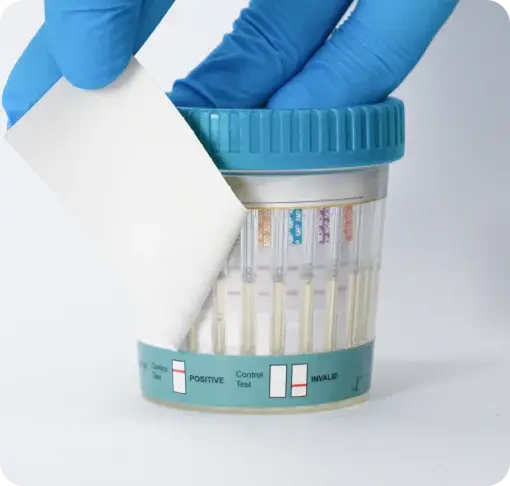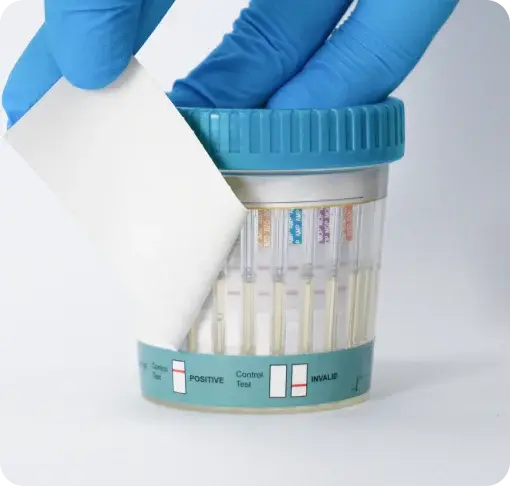What is Nil by Mouth?
“Nil by mouth” involves a period typically of 10 minutes in which no food, drink or any other substance/item is put into the mouth or ingested prior to an alcohol breath test. It is a very important step that must be followed when alcohol breath testing is conducted for several reasons:
Residual alcohol in the mouth can significantly affect the accuracy of breathalyser tests. If a person has consumed alcohol, used mouthwash, or even certain medications, the residual alcohol can affect the test results.
Other substances in the mouth, including non-alcoholic foods and drinks, and smoking, can interfere with the test. Ensuring the mouth is clear of any substances helps maintain the integrity of the test.
In medical settings, accurate breath alcohol readings are essential for diagnosing and treating alcohol-related conditions. Contaminated or inaccurate results could lead to improper treatment decisions.
Maintaining a Nil by Mouth Policy
Adhering to a nil by mouth policy is part of standardised drug and alcohol testing protocols, ensuring consistency across different tests and testing conditions. This standardisation is important for comparing results and maintaining reliability. Many regulatory bodies and testing standards require a nil by mouth period (which can vary in length) before alcohol testing to ensure the results' accuracy and reliability.
Typically, a nil by mouth period of 10 to 20 minutes is recommended before conducting an alcohol breath test. This period allows any residual alcohol in the mouth to dissipate and ensures that the breath sample reflects deep lung air, providing a more accurate measure of Blood Alcohol Content (BAC).
AttoSure offer breath alcohol testing and professional training to ensure that you can adopt the most accurate and trusted procedures in your organisation. If you are interested in testing for long term alcohol use, in a legal setting, check our Blood Alcohol Biomarker Testing over at AttoLife.

